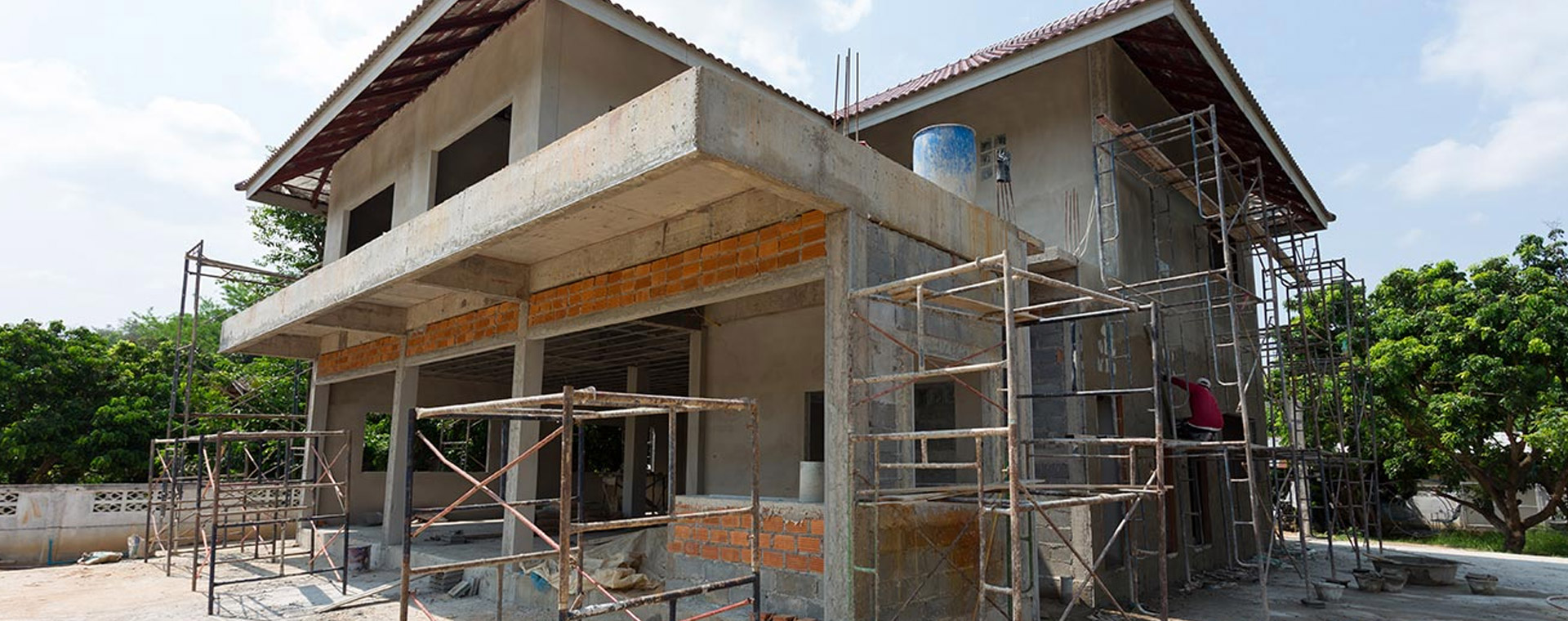Constructing a new residence is an amazing journey that offers the chance to experience your dream residence come to existence. From choosing the perfect lot to deciding on the design features that express your individual style, every phase of the process plays a vital role in creating a home that appears like home. As more people turn to newly constructed properties rather than buying already built properties, comprehending the intricacies involved becomes crucial.
This guide will deliver guidance into various elements of new home construction, including timelines, financial considerations, and design trends for 2025. By looking into topics like intelligent home features, eco-friendly designs, and choosing the right materials, you will be able to make informed decisions that enhance space and improve functionality in your updated space. Whether you're a beginning contractor or an veteran homeowner seeking to make a transition, the information shared here will guide you navigate the exciting world of new home construction with assurance.
Planning & Blueprinting
The preparation and design phase is crucial when building your new home. This is the stage where you translate your vision into a realistic blueprint. Start by assessing your lifestyle needs, such as the quantity of bedrooms, bathrooms, and any unique spaces like a home office or gym. Collaborating with an architect or designer early in the process can provide valuable insights and help you create a floor plan that maximizes space and functionality.
As you define your design preferences, consider present trends and future needs. Top design trends for new homes in 2025 focus on sustainability, open spaces, and smart technology integration. Emphasizing energy-efficient features and flexible areas can improve your living experience while maintaining utility costs low. Make a list of your must-have elements and prioritize them to ensure your design shows your personal style without compromising practicality.
Moreover, selecting the right materials and construction choices is crucial for both aesthetics and durability. Explore various options such as brick, wood, or stucco for your exterior, and consider incorporating green building materials that promote environmental responsibility. Harmonizing your design desires with realistic budgeting will set the foundation for a smooth home building process, making sure that your new space is both beautiful but also eco-friendly and cost-effective.
Resources & Construction Options
Choosing the best materials for your new home is important for durability, appearance, and future value. Common components include timber, masonry, and plaster, each offering various benefits. Timber offers a timeless look and excellent insulation properties, while masonry is known for its low maintenance and energy effectiveness. Plaster, on the other hand, delivers a sleek, current appearance and is perfect for warm climates. Analyze your local climate, care likes, and design vision to find the most suitable fit for your house.
The choice of construction practices also plays a major role in the overall standard of your dwelling. Classic wood-frame construction is favored for its flexibility and affordability, while metal framing provides improved sturdiness and resilience. Additionally, emerging techniques such as thermal concrete forms (ICFs) provide superior power efficiency and heat control. Research these alternatives and consult with your home contractor to align your construction method with your planning goals and budget.
Finally, the advantages of sustainable building resources cannot be overlooked. Eco-friendly choices, such as sustainably sourced timber and recycled materials, not only reduce your dwelling's carbon footprint but also contribute to a healthier living environment. Investing in eco-friendly windows and thermal protection can considerably decrease utility bills and improve comfort. As https://egan-djurhuus-2.blogbright.net/a-difference-among-custom-vs-speculative-homes make choices about components and construction options, think about both immediate requirements and sustained viability to enhance the worth of your new home.
Financial Considerations & Budgeting

Funding a fresh home building involves understanding various loan options and financial planning techniques to ensure a smooth process. Conventional mortgages may not cover the entire construction phase, so construction loans are well-liked. These loans typically provide funds in stages, corresponding with building progress. It is crucial to shop around for good interest rates and terms that fit your monetary situation. Working with a mortgage broker can help you navigate the options and discover the best solution for your needs.
Cost planning for a fresh home build requires detailed planning and ranking of expenses. Start by estimating the overall cost of construction, including land purchase, materials, labor, and permits. Set aside a portion for unforeseen expenses, as hidden costs can come about during the building process. Assess where to save by selecting budget-friendly materials and where to splurge on features that enhance your home's value and comfort. Creating a thorough budget plan will keep expenditures in check and help you avoid overspending.
Understanding the hidden costs of fresh home construction is essential for efficient financial planning. These costs can include service connection fees, landscaping, and additional permits that might not be factored into the initial estimates. To avoid he has a good point , conduct in-depth research and seek advice from seasoned builders and financial experts. By being forethoughtful, you can ensure that your dream home is built within your budget without diluting on quality or your vision.
